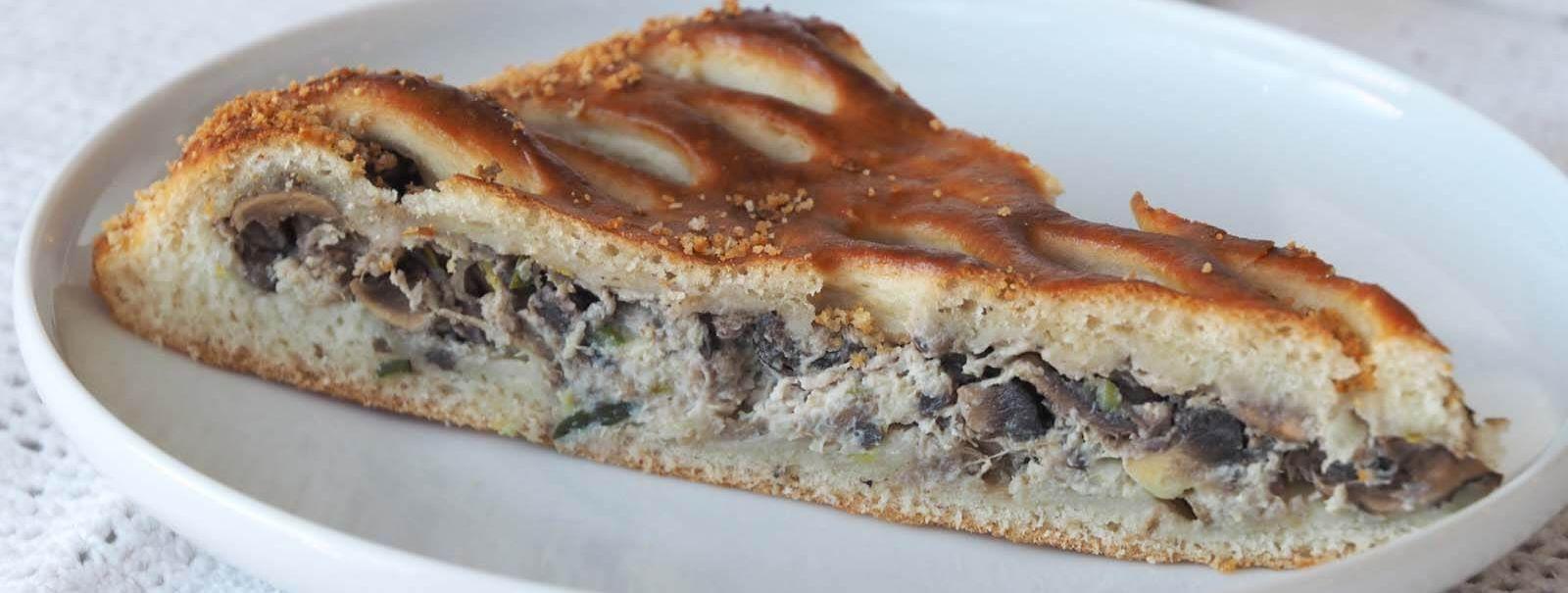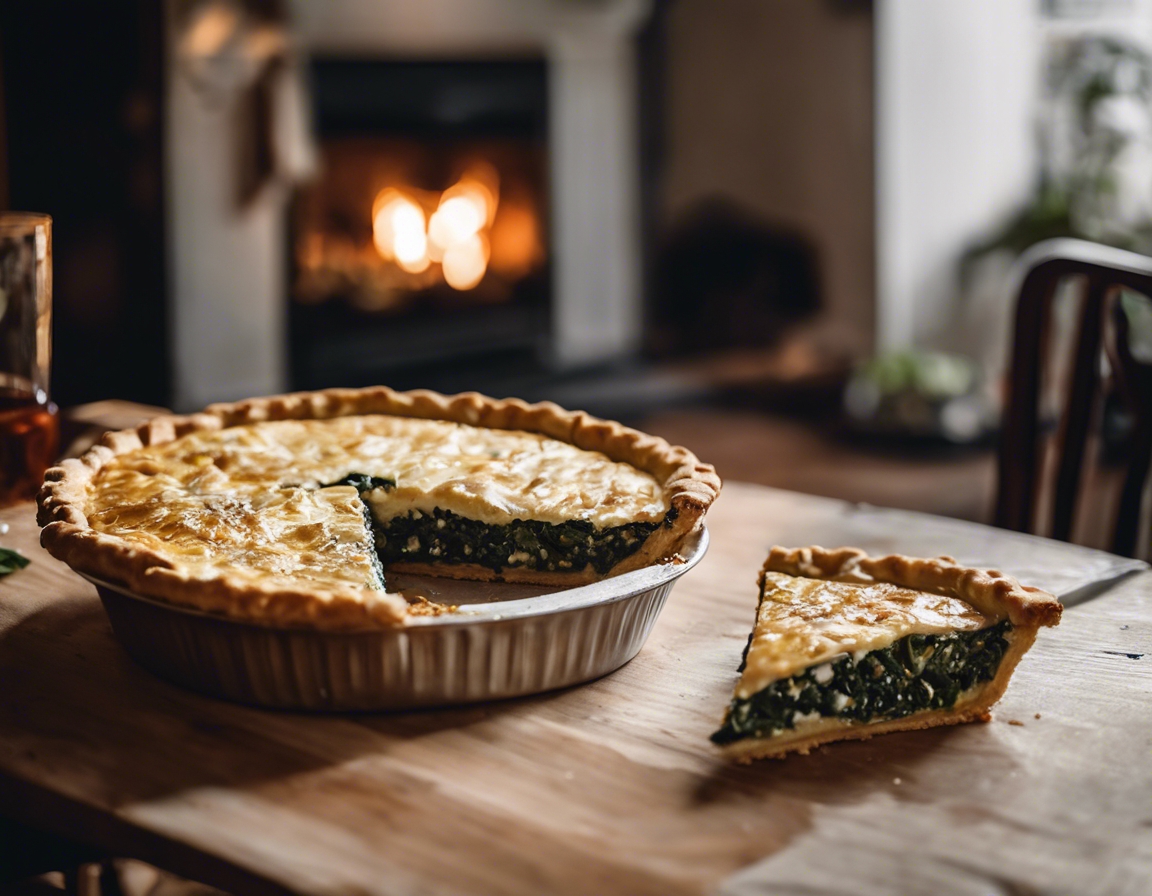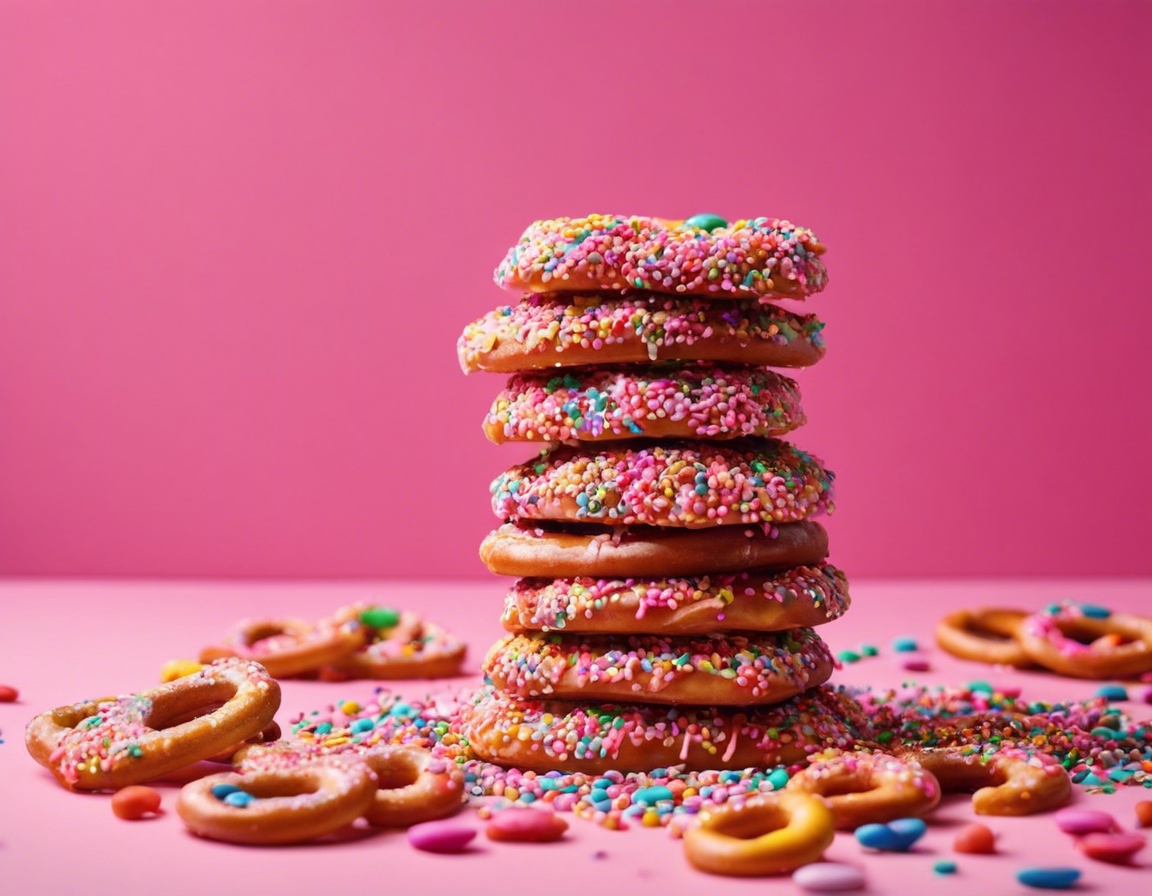The art of making the perfect puff pastry pie
Puff pastry, also known as pâte feuilletée, is a flaky light pastry made from a laminated dough composed of dough (détrempe) and butter or other solid fat (beurrage). The butter is placed inside the dough (or vice versa), which is repeatedly folded and rolled out before baking.
The allure of puff pastry lies in its versatility and the exquisite, layered texture it brings to any dish, especially pies. Whether you're aiming for a sweet dessert or a savory meal, the perfect puff pastry pie can elevate your baking to new heights.
Essential Ingredients and Tools
For puff pastry, a high-protein flour is essential to create strong gluten networks that will hold the layers together. All-purpose flour can work, but for the best results, pastry chefs often recommend a mix of all-purpose and bread flour.
Butter is the heart of puff pastry. Opt for high-quality, unsalted butter with a high fat content for a more pliable dough and a richer flavor.
Aside from flour and butter, you'll need cold water, a pinch of salt, and a touch of acidity, like lemon juice or vinegar, to control the dough's development.
A rolling pin, a pastry brush, a sharp knife, and parchment paper are indispensable tools for making puff pastry. A dough scraper and a ruler can also be incredibly helpful for maintaining precision.
The Process of Making Puff Pastry
The initial step involves mixing the flour, salt, and acidity with water to form the détrempe. This base dough should be supple but not overly sticky.
Lamination is the technique of folding and rolling the dough with the butter to create those coveted layers. Precision and temperature control are crucial during this stage.
Between each set of folds, the dough must rest and chill. This prevents the butter from melting and ensures distinct, puffy layers after baking.
Shaping and Filling Your Pie
Whether you're making a classic round pie or individual pastries, consider the end presentation. The shape can affect the baking time and the final texture of the pastry.
Select a filling that complements the delicate layers of the puff pastry. It can range from rich meats and cheeses for savory pies to sweetened fruits and creams for desserts.
Assemble your pie by layering the filling between sheets of puff pastry, ensuring the edges are sealed to prevent the filling from leaking during baking.
Baking to Perfection
Bake your puff pastry pie in a preheated oven at a high temperature. This ensures the rapid expansion of the layers and the evaporation of water in the butter, which creates steam and puffs up the pastry.
Brushing the surface with an egg wash will give your pie a beautiful golden sheen. You can also score the top to create a design that will stand out as it bakes.
A perfectly baked puff pastry pie should be golden brown with crisp layers that are fully cooked through. Let it cool slightly before serving to allow the structure to set.
Tips and Tricks for the Perfect Pie
Don't let the butter melt into the dough, as this will ruin the layers. Also, avoid overworking the dough, which can lead to toughness.
For those looking to challenge themselves, try creating a 'pâte feuilletée inversée' where the butter encases the dough, or add flavorings to the détrempe for an extra dimension of taste.






Comments (0)